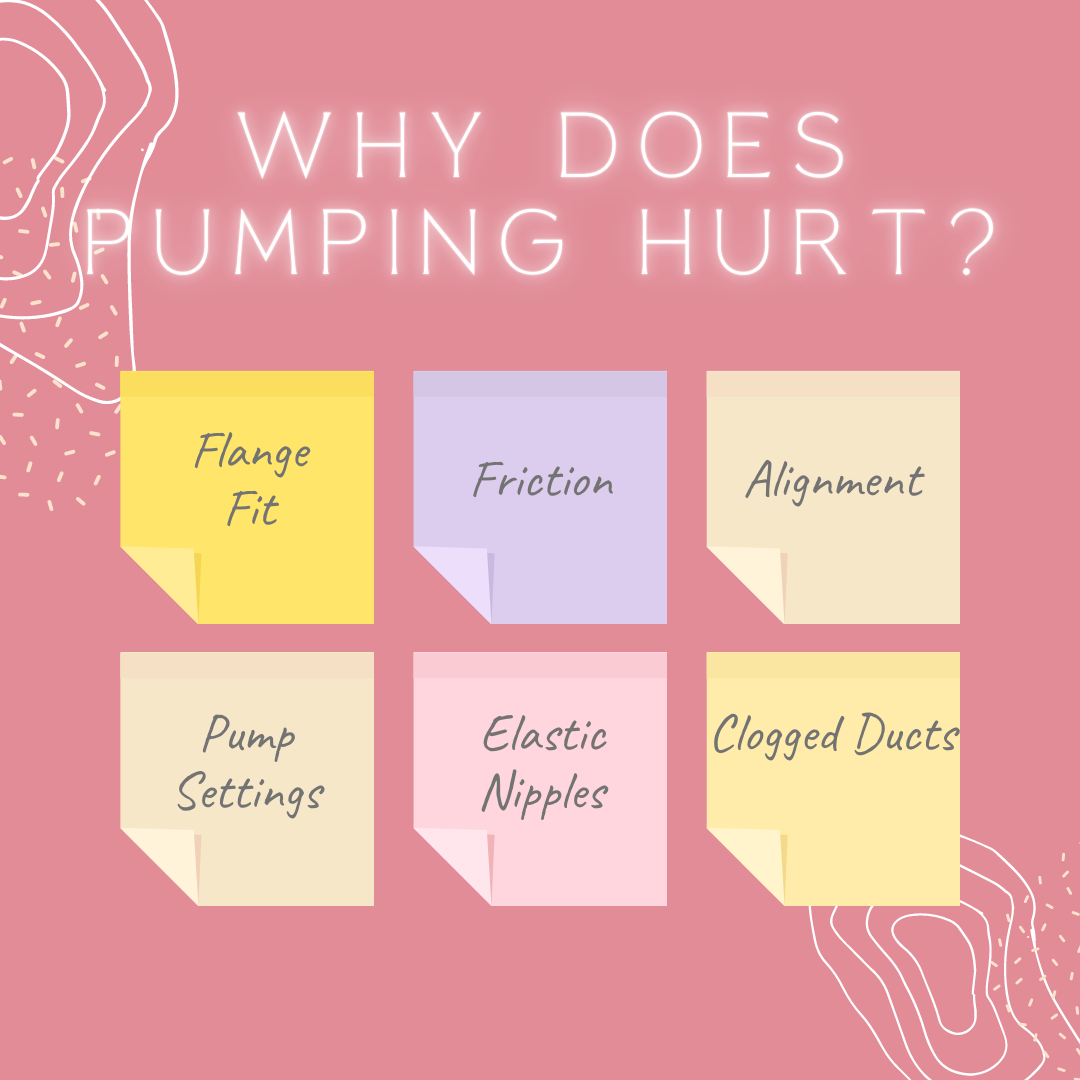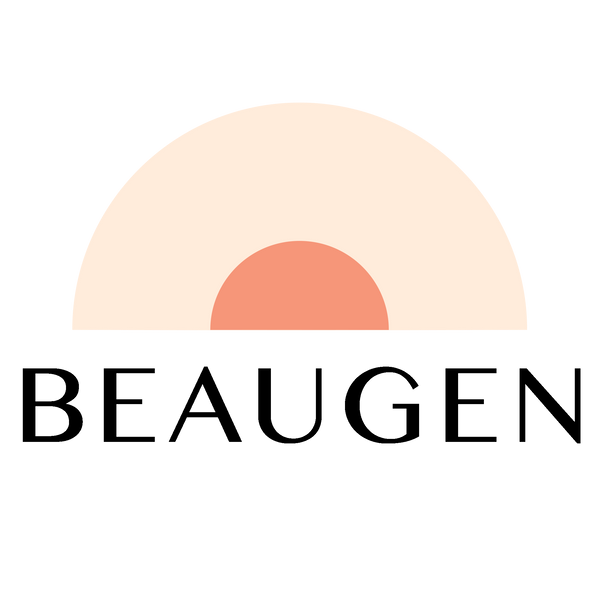Why Does Pumping Hurt Sometimes?
Mommy Care Team
Is Breast Pumping Painful, and If So, What Can We Do About It?

Breastfeeding, while being the natural means of feeding our babies, might not always be bliss. Some moms experience pain when nursing, and some who pump experience pain. There is an often perpetuated myth that breastfeeding hurts and that moms just have to suck it up and deal, toughen up their nipples, or follow other old wives’ tales.
Pain while pumping, or any other form of breastfeeding, doesn’t mean that there is something wrong with you. It doesn’t mean that pumping, nursing, or some combination of the two won’t work for you. It is simply a chance for us to troubleshoot or try something new.

So What are the Reasons Pumping Might Hurt?
If pain means that there is something that we can fix, what are the causes? How do we know where to start and what to try to fix? This blog post is a helpful resource that walks through the common causes of pain during pumping and offers actionable steps that you can take to try to reduce the pain you are experiencing. This post is written in conjunction with a Certified Lactation Counselor (CLC), but we urge you to consider calling a lactation expert near you. They can walk through this list with you, or help you skip ahead to the parts that might make an impact in your personal journey.
Improper Flange Fit:
Flange sizing can be a bit murky for the first time pumper. Your pump often comes with a few flanges and innocently moms assume that one or the other will work better for them. In reality, our nipples come in an array of shapes and sizes. These two or three flange options aren’t the right fit for many of us.
Flange fit is not everything when it comes to pumping but it’s pretty dang important. Flanges that are too small can restrict your milk flow by collapsing your milk ducts. This can get pretty painful. On the other side, flanges that are too big can draw in too much of your breast tissue and again, restrict the flow of milk, cause painful friction, and more. You can damage your skin and cause further complications with flanges that don’t fit properly. Try downloading our free sizing tool to get an accurate flange size. If your pump doesn’t come with these flanges, it might mean searching for new flanges, adding BeauGen’s Breast Pump Cushions to reduce a larger flange in size, or seeking out other options.
Bookmark the page for our free sizing tool. Similarly to the way your nipples changed in shape and size during the course of your pregnancy, they can change throughout your breastfeeding journey as well. This is especially true when you are experiencing pain while pumping. Your skin and nipple tissue might be inflamed and reduce in size as they heal. It’s also not uncommon for your breasts to be two different shapes and sizes, meaning you might need two different sized flanges.

Friction
Pain during a pump session is often caused by friction. Your sensitive skin is being pulled into a hard plastic tunnel again and again. Friction can often be caused by improper flange size, but for some, even the right flanges can rub a mom the wrong way. Friction can also be caused by misalignment. The first, is to add a bit of food safe lubricant to your breast pump flanges. Coconut oil works great, but you can also find additional options as well. These lubricants allow your skin to glide in and out of the tunnel of the flange without sticking or rubbing. The second solution is to try our cushions. While they can be used to address flange sizing, the cushions also act as a protective barrier between the hard plastic of a breast pump flange or shield, and your nipple tissue. You can even combine the lubrication with the cushions for even more relief from friction.
Alignment
If your nipple is not centered within the flange tunnel, your sensitive skin can rub back and forth against the hard plastic. Our cushions are clear by design so that you can achieve proper alignment while using them! When using lubrication, they become even more transparent.
Pump Settings:
When it comes to using a breast pump, higher suction doesn’t always mean a better output. Yes, stronger suction can help some moms achieve a better output. Hospital grade breast pumps and some wearable pumps have been reported to have higher suction. However, stronger suction can have an adverse effect on your nipple and breast tissue. For some moms, it can be painful. Pain while pumping can have an impact on your pumping session and affect your supply in the long term. The best advice that we can give here is to try adjusting the pump settings, try a few different options in order to find to which your body best responds.
Elastic Nipples:
Some moms have a bit more elasticity to their nipple tissue which can cause too much of the nipple and areola to be drawn into the breast shield while pumping. The skin is so stretchy, that the nipple may actually hit or bump up against the end of the flange tunnel. Over the course of a pumping session, this becomes painful. We dig into elastic nipples in depth in this blog post, so be sure to click through for more in depth information. A short and quick solution here is to add our Breast Pump Cushions into your breast pump flange to reduce the amount of space available within the tunnel. Less tissue will be drawn in and you can effectively empty your breasts without beating up your sensitive skin. You can learn more about elastic nipples and what causes them here.
Other Reasons You Might Experience Breast Pain While Pumping:
Sometimes pain while pumping isn’t actually caused by pumping. Simply by applying pressure to your breasts when these factors are at play can cause pain. Fortunately for both of these examples, pumping can actually help the pain dissipate! Let’s dive into both of these situations below.
Clogged Ducts
A common ailment for breastfeeding moms whether they are nursing or pumping is clogged ducts. This is when a milk duct within your breast becomes blocked by milk that has thickened over time. One way to avoid clogged ducts is to ensure that you are effectively emptying your breasts frequently. Massage is a great way to help ensure that milk continues to move through your breast and can be expressed effectively.
When a duct becomes clogged, you might notice a lump in your tissue, or it might become red and painful to the touch. It all depends on the location of the clog. We have a whole blog post on clogged ducts and both how to resolve them and prevent them. The main thing is to not stop breastfeeding. This can worsen the clog, lead to additional clogs, and even turn into mastitis which we’ll cover next. Pumping, especially using a manual pump, can help to clear the blockage through suction. Check out the blog for more helpful tips on using a pump to clear a milk duct.
Mastitis
An infection that develops within your breast tissue is called mastitis. These infections can be caused by a blocked duct that goes untreated, however they have other causes as well. Mastitis often presents within the early months of breastfeeding and can be caused by missing feedings, not properly emptying your breasts, overly tight clothing, even exhaustion and stress have been reported as causes. Just like with clogged ducts, you want to continue expressing breast milk. Not doing so can cause the symptoms to worsen. If you think you have mastitis you need to contact your healthcare provider. If they determine that you do have such an infection, they are likely to prescribe antibiotics.
Similarly with clogged ducts, pumping can help to clear a blockage that might cause the infection, to prevent engorgement or clogs that can add to your current pain, and to maintain your supply while you treat the infection. For more you can read this post all about mastitis and pumping.